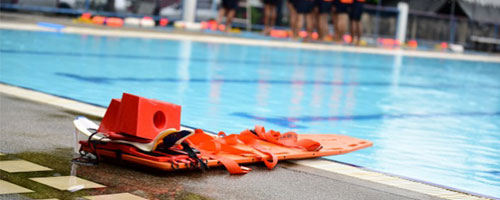Many disasters can result in immobile injuries, the most important of which include vehicle crashes, construction accidents, playground accidents, and falls. EMS specialists pay particular attention to fractures, especially those involving the spinal cord, neck, and spine itself, because any movement of these bones can sever blood vessels, arteries, or even the spinal cord itself. Backboards, splints, restraints, and neck or neck braces are necessary immobilization devices to prevent the patient from being subjected to further injury.

The word fixed literally means to prevent something or someone from moving. In the case of severe injuries, immobilization not only prevents the patient from causing further injury, but also promotes healing for some time after the injury has been diagnosed and treated. Accident victims with arm or leg fractures, especially in the form of compound fractures, will have to immobilize the limb until a cast can be used to permanently immobilize the bone for the healing process. In these cases, the limb may be placed in restraints or even tied to another part of the body or to a backboard or stretcher to keep it stationary.
Using a neck brace and backboard or a spine board to keep the patient's head and neck still is critical when:
The patient has pain or tenderness in the spine
There was evidence of blunt trauma
The patient presented with symptoms of neurological complications
Patients lose consciousness or are unable to stay awake
Obvious damage or deformity of the back or spine
Patients exhibit abnormally high energy levels as a result of alcohol poisoning, drug use, or some other physical or emotional distraction.
The most common immobilization devices found in ambulances and used by EMS providers include:
Spine Boards or backboards -- These EMS devices are placed beneath the patient, allowing the patient to be lifted and moved without affecting their body posture.
Neck brace - There are different styles made from different materials, but the common purpose of neck brace is to prevent head and neck movement.
Splints and straps - Splints can be used on the arm or leg to stabilize fractures. A shoulder strap can be used to hold the head or severed limb in place to prevent movement